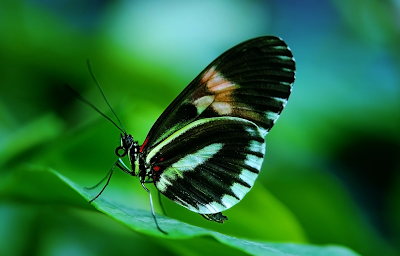
Koala
The koala (Phascolarctos cinereus) is not a mammal, but an arboreal herbivorous marsupial native to Australia. Did you know that the koala’s five fingers include two opposable thumbs, providing better gripping ability.
Kingdom: Animalia
Phylum: Chordata
Class: Mammalia
Infraclass: Marsupialia
Order: Diprotodontia
Family: Phascolarctidae
Genus: Phascolarctos
Species: P. cinereus
*While not a perfect solution, I still have to insert graphics on the WordPress interface, I found a free blog editor that works with WordPress called w.Blogger. Editing text is much much less aggravating.
Robofish Grace glides with the greatest of ease
A high-tech robotic fish hatched at Michigan State University has a new look. A new skill. And a new name.
MSU scientists have made a number of improvements on the fish, including the ability to glide long distances, which is the most important change to date. The fish now has the ability to glide through the water practically indefinitely, using little to no energy, while gathering valuable data that can aid in the cleaning of our lakes and rivers.
Designed and built by Xiaobo Tan, MSU associate professor of electrical and computer engineering, and his team, the fish is equipped with an array of sensors that not only allow it to travel autonomously, but also measure water temperature, quality and other pertinent facts.
“Swimming requires constant flapping of the tail,” Tan said, “which means the battery is constantly being discharged and typically wouldn’t last more than a few hours.”
The disadvantage to gliding, he said, is that it is slower and less maneuverable.
“This is why we integrated both locomotion modes – gliding and swimming – in our robot,” Tan said. “Such integration also allows the robot to adapt to different environments, from shallow streams to deep lakes, from calm ponds to rivers, with rapid currents.”
The robotic fish even has a new name: Grace, which stands for “Gliding Robot ACE. In a previous test run own the Kalamazoo River Grace proved amazingly good at gathering data, and without any glitches.
Social antics in ants inherited like sex chromosomes
Fire ants are a family divided. When setting up a new colony, young queens go one of two ways. Some strike out on their own and remain independent, stockpiling fat reserves and creating workers that kill rival queens. But others prefer the communal life, joining colonies in which multiple queens reign side by side.
Laurent Keller at the University of Lausanne in Switzerland and colleagues have now identified the genes behind this ant’s split personality – and they turn out to share many of the properties of sex chromosomes.
Reserchers report that tis appears to be the first time that such a “supergene” for social behaviour has been described. Also good to knwo that my old text books are not completely outdated. Much like the basic recessive/dominant tables that are studied in general genetics classes the two chromosome regions, social B (SB) and social b (Sb) determine the two types of behaviour seen in the ants. Each is made up of several hundred genes and inherited as SB/SB or SB/Sb pairs.
While they give a lot of helpful details, this is also a creative travelogue. So even none hikers might enjoy just as a long story. Easy Epics: 17 Drive-up Campsites a Backpacker Will Love
The image below is from Earth Observation Research Center and their ALOS or advance Land Observing Satellite. The front page has links to their image gallery and examples of recently posted images. I picked the one of Pakistan just because it stood out for the colors, but all the images range from interesting to beautiful, and useful if you’re really into weather, geography or geology.

Observation of concentrated heavy rain in Pakistan by AVNIR-2 onboard “Daichi” (ALOS) (5) Enlarged images of the swollen rivers at Hyderabad Northwestern Pakistan in the central Asia has been seriously damaged due to floods and mudslides caused by heavy rain which had occurred continuously since July 29, 2010.
Larger: Observation of concentrated heavy rain in Pakistan by AVNIR-2 onboard “Daichi” (ALOS) (5)












You must be logged in to post a comment.